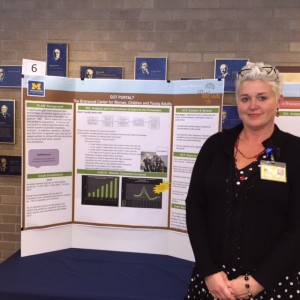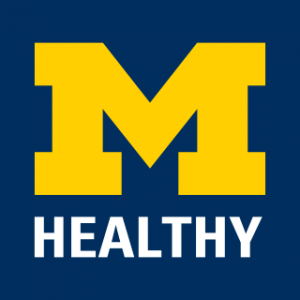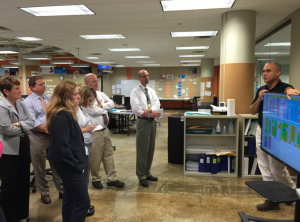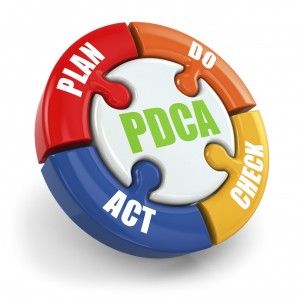 Recently I wrote that October was Quality Month and I highlighted Dr. Richard Shannon’s excellent talk, part of our Lean Thinker’s Series. I “teased” that I would comment on the Quality Month poster sessions in an upcoming post.
Recently I wrote that October was Quality Month and I highlighted Dr. Richard Shannon’s excellent talk, part of our Lean Thinker’s Series. I “teased” that I would comment on the Quality Month poster sessions in an upcoming post.
For two days, 48 quality improvement teams displayed their stories as posters. I spent about an hour checking out the posters and talking with people from the teams. I targeted the ones with potential scalability or an IT connection.

Jennet Malone, a manager at The Briarwood Center for Women, Children and Young Adults, explained how they increased use of the portal.
Here are a few worth noting:
Got Portal? –The Briarwood Center for Women, Children and Young Adults
We rolled out our patient portal more than 3 years ago. Patient enrollment has been fairly successful with over 200,000 active users but this is still not at the level we need. This health center established specific goals for making portal functionality part of everyday clinic workflow and used by patients and families. They increased their marketing efforts and established staff incentives for meeting short term goals. They purchased iPads to help staff sign up patients. They added the portal metric to their daily huddle. The result: Briarwood Center for Women, Children and Young Adults has the highest percentage of patients on the portal when compared to other clinics! Continue reading


 It was good to hear how another academic medical center is approaching similar challenges and applying lean. Some of my takeaways from his talk and the lunch discussion that followed:
It was good to hear how another academic medical center is approaching similar challenges and applying lean. Some of my takeaways from his talk and the lunch discussion that followed: Blue and maize was everywhere I went in Ann Arbor. Our new coach and football team delivered a resounding victory in the first home game to everyone’s delight. But this isn’t about football or fleece, it’s about adapting to change – something we are expected to do often.
Blue and maize was everywhere I went in Ann Arbor. Our new coach and football team delivered a resounding victory in the first home game to everyone’s delight. But this isn’t about football or fleece, it’s about adapting to change – something we are expected to do often. CIOs need to understand the technical debt of a large application portfolio and the total cost of ownership (TCO) for systems. They need to find ways to reduce the cost of commodity services, and to create capacity for new work.
CIOs need to understand the technical debt of a large application portfolio and the total cost of ownership (TCO) for systems. They need to find ways to reduce the cost of commodity services, and to create capacity for new work.



 But, twenty minutes into the flight, the pilot told us there were problems with the landing gear; the safest thing to do was to return to the Boston airport. He told us he’d know more after we landed. Problems with the landing gear but we were going to land OK? Of course the next half hour was one of the longest ever. We did land safely, de-boarded and waited for news of when we’d depart.
But, twenty minutes into the flight, the pilot told us there were problems with the landing gear; the safest thing to do was to return to the Boston airport. He told us he’d know more after we landed. Problems with the landing gear but we were going to land OK? Of course the next half hour was one of the longest ever. We did land safely, de-boarded and waited for news of when we’d depart.